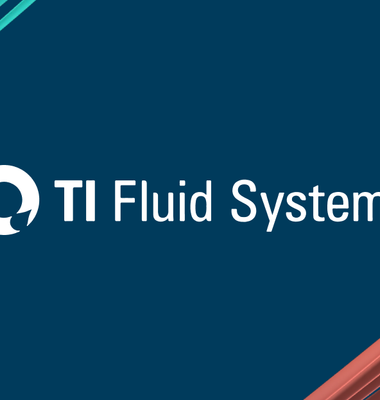After that time – assumed to be 1 January 2030, only hybrid and electric vehicles will be available to buy new, with the internal combustion engine being phased out completely by 2035.
So far, progress has been good. Full electric vehicles became the second-most popular type of car last year – behind petrol-powered cars – accounting for 17% of all new cars sold. Meanwhile all types of electrified vehicles – including hybrids of all kinds – made up more than half (53%) of new car sales. So, with just under seven years to go until the 2030 deadline, we’re about halfway towards total adoption of electrified vehicles.
But look beyond the numbers, and the picture becomes less rosy. When the Society of Motor Manufacturers and Traders (SMMT) issued the above figures, it countered that restricted vehicle supply throughout the year, meant vehicle manufacturers were focusing on delivering electrified vehicles to meet mandated emissions targets. As supply improves this year, it will be interesting to see if the share of electrified vehicles remains so strong.
While government is planning on introducing a Zero Emission Vehicle Mandate in 2024, which will set out what share of a manufacturer’s available vehicles must be electric, details have still not been published. The SMMT warns that despite the Mandate, unless government invests more in public charging infrastructure and consumer confidence in EVs grows, vehicle manufacturers will choose to send their zero-emission stock to other European markets.
Perceived shortfalls in infrastructure are well-documented. Government says it will install 300,000 public charging points by 2030, but latest figures from Zap-Map show that just 37,055 are currently available. According to a 2021 Office for National Statistics survey, 52% of people cite lack of infrastructure as a reason for not buying an electric car.
However, in the same 2021 survey 70% of people said that it’s the cost that make EVs unappealing. Since that point, the UK has been crippled by a cost-of-living crisis driven by rising gas and electricity prices. In 2022, a year when petrol prices rose by 3.3% according to the RAC foundation, electricity costs rose 68%, with six in ten people trying to use less household energy as a result.
Couple these wider economic headwinds with the fact that government has now scrapped all grants to reduce the purchase price of EVs, and it’s difficult to see how a cost-conscious person’s mind can be changed on electric vehicles.
As well as putting the infrastructure in place and setting targets for vehicle manufacturers, government needs to be doing more to make sure EVs are still appealing to buyers.
As renowned automotive journalist Erin Baker put it in a recent LinkedIn post, “Government is neither incentivising nor educating private customers about the benefits and how to go electric. Where’s the public campaign?”
The public campaign was called Go Ultra Low – a project I helped to set up. Launched in 2014 and co-funded by government and industry, Go Ultra Low put pro-EV messaging in front of consumers that were unlikely to see it, and provided an impartial information hub on all things EV.
It ran until 2020, today, even the website, which could once match users with their ideal EV, lies dormant.
Whether government resurrects the Go Ultra Low campaign, or puts in place a better alternative, it underestimates the job left to do in changing public perception at its peril.




